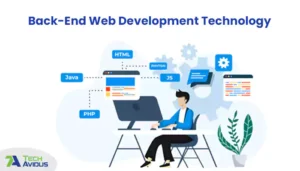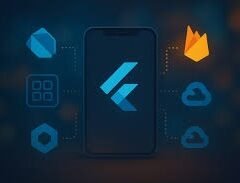Backend Software Development
1. Backend Software Development
Backend development is a crucial part of web and software development, dealing with the server-side architecture of applications. While frontend development focuses on user interface and experience, backend development ensures the application runs smoothly by handling data management, processing requests, and facilitating communication between the server and the client. It’s the invisible work that powers the visible parts of a website or app.

2. Backend Development Key Technologies
Backend developers use various programming languages, frameworks, and tools to create robust server-side applications. Popular backend languages include Python, Java, Node.js, and Ruby, each offering unique features that cater to different application needs. Frameworks like Django (Python), Spring (Java), and Express.js (Node.js) help streamline the development process by providing pre-built components and structures. Additionally, Databases such as MySQL, PostgreSQL, and MongoDB are essential for managing and storing data effectively.

3. Backend Development Role of Databases
One of the core responsibilities of backend development is to manage and interact with databases. A database stores all the data that an application needs to function, such as user information, product details, and transaction history. Backend developers need to design, optimize, and maintain relational databases (SQL) or NoSQL databases to ensure data integrity, scalability, and security. The interaction with databases happens through queries, CRUD operations (Create, Read, Update, Delete), and ensuring data is fetched and stored efficiently.


